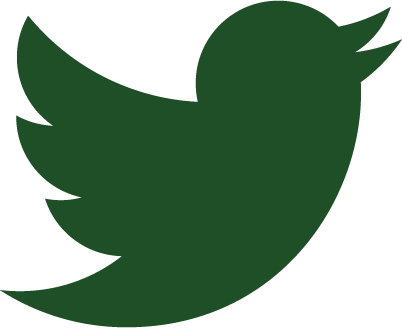Best Practices for Working a Trade Show: Elevate Your Business Development and Sales Strategy
Trade shows are prime opportunities to expand your network, showcase your brand, and drive sales. To maximize your success, here are some best practices for working a trade show from a business development and sales perspective.
Pre-Show Planning
Set Clear Objectives: Determine what you want to achieve. Whether it's generating leads, closing sales, or building brand awareness, having clear goals will guide your actions. Are you launching a new product? Looking to enter a new market? Your objectives should shape your strategy and execution.
Research Attendees: Know who will be attending and identify key prospects and partners. Reach out to them beforehand to set up meetings during the event. Use tools like LinkedIn or the event's networking platform to make initial contact and schedule appointments.
Prepare Your Pitch: Tailor your elevator pitch to highlight how your products or services solve specific problems faced by attendees. Ensure your team is aligned and well-rehearsed. Create talking points that emphasize your unique value proposition and prepare answers to common questions.
Seek Out Partnerships: Research other companies that are sponsoring and see if there’s an opportunity to partner on a pre-event dinner or happy hour for prospects.
At the Show
Engage Actively: Be proactive in engaging with attendees. A welcoming booth and approachable demeanor can significantly increase foot traffic. Use eye-catching displays, interactive elements, and branded giveaways to attract visitors. Don’t stand behind your table, greet visitors in front of your table.
Qualify Leads: Not all interactions will be equally valuable. Use targeted questions to identify high-potential leads and focus your efforts on them. Develop a system to quickly note down important details about each lead, such as their pain points, decision-making authority, and timeline.
Demonstrate Value: Provide live demonstrations or case studies to showcase the effectiveness of your solutions. Visual aids and hands-on experiences can leave a lasting impression. Highlight customer success stories and use multimedia presentations to engage different types of learners.
Pay Attention to Your Personal Brand: Understand and practice how you want to be remembered. Dress the part and always try to engage with your prospects.
Post-Show Follow-Up
Timely Follow-Up: Don’t wait longer than 2-3 days to reach out to your new contact. I try to do it within 24 hours. Getting in touch quickly shows you’re interested and organized. Personalize your communications to reference specific conversations or interests. Use email, phone calls, and social media to stay in touch and keep the momentum going.
Nurture Relationships: Use your CRM to track interactions and follow up with relevant content or offers that add value to your prospects. Segment your leads based on their level of interest and tailor your follow-up strategies accordingly. Be creative and be specific with nurturing those relationships and make sure you’re providing relevant and timely information.
Analyze and Reflect: Review the event's outcomes against your initial objectives. Identify what worked well and what could be improved for future trade shows. Gather feedback from your team and adjust your strategy as needed.
Building Long-Term Relationships
Stay Connected: Keep the conversation going with your new contacts through regular updates and check-ins. Social media platforms like LinkedIn are great for this. Share industry news, company updates, and personalized messages to keep your network engaged.
Provide Continued Value: Share industry insights, exclusive content, and helpful resources to maintain engagement and demonstrate your ongoing value. Host webinars, send newsletters, and create educational content that addresses your prospects' needs and challenges.
Leverage Referrals: Encourage satisfied contacts to refer others to your business. A well-structured referral program can significantly expand your network. Offer incentives for referrals and make it easy for your contacts to introduce you to their network.
Advanced Tips for Maximizing Trade Show Success
Leverage Technology: Utilize event apps and digital tools to enhance your trade show experience. QR codes, lead capture apps, and real-time analytics can streamline your interactions and provide valuable data.
Host an Exclusive Event: Organize a private event or reception for select attendees. This creates an intimate setting to build deeper connections and discuss potential partnerships.
Collaborate with Partners: As I mentioned above, team up with complementary businesses to co-host a booth or an event. This can expand your reach and provide additional value to attendees.
Follow Industry Trends: Stay informed about the latest trends and innovations in your industry. This knowledge can help you engage in meaningful conversations and position your company as a thought leader.
By strategically planning, actively engaging during the event, and diligently following up, you can turn trade shows into powerful opportunities for business development and sales growth.
Partner with Dinkel Business Development, LLC Today
If you want to learn more about how we can help you develop a metric-driven business development plan for you or your team, please call us at 443-226-0163 or reach us via email at john@dinkelbd.com to get started.



